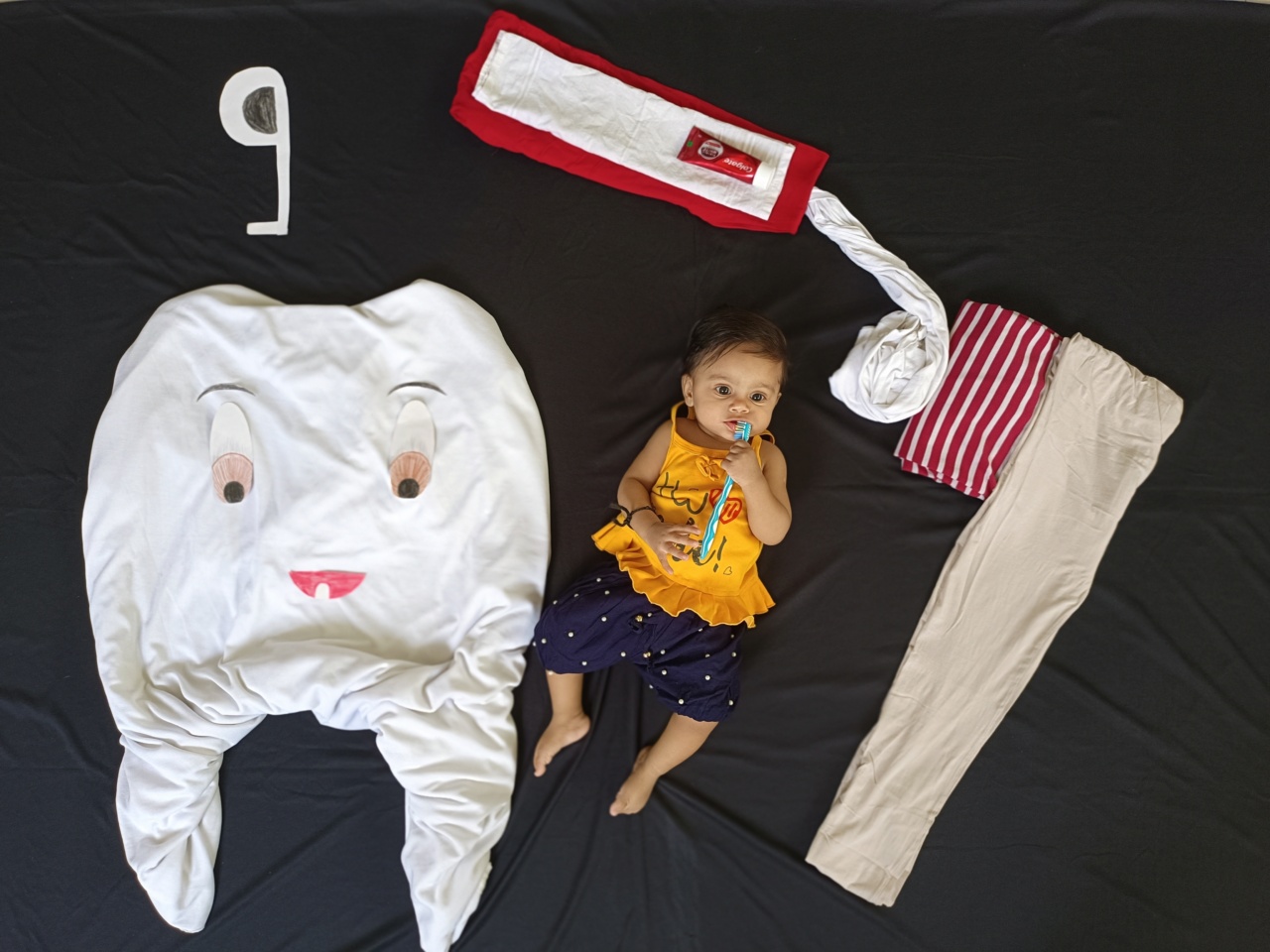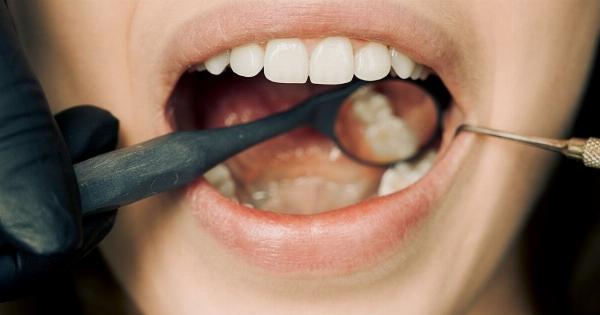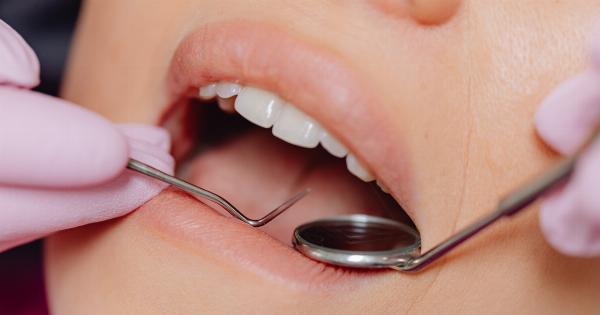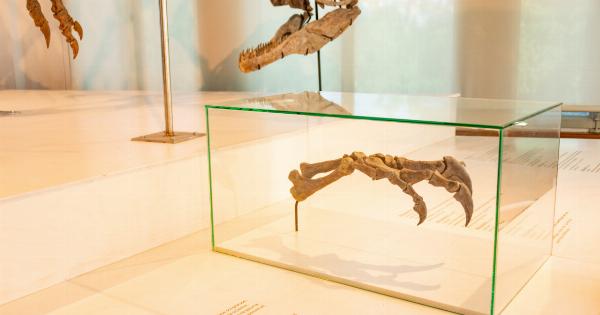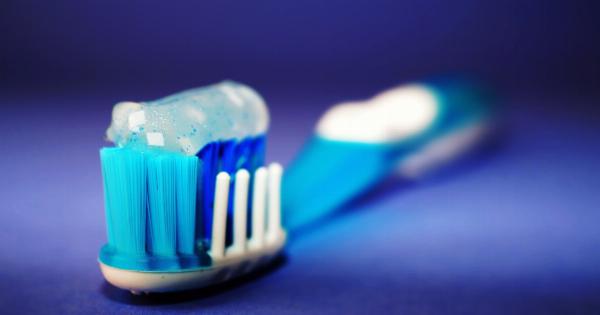Anesthesia is a crucial tool in dental procedures, as it helps manage pain and discomfort during treatments. When it comes to baby teeth, anesthesia plays an essential role in ensuring a comfortable and successful experience for young patients.
However, while anesthesia can be beneficial, it is important to be aware of the potential detrimental effects it may have on baby teeth. This article explores the potential risks associated with anesthesia for baby teeth and provides valuable information for parents and caregivers.
The Importance of Baby Teeth
Baby teeth, also known as primary teeth, serve several important functions. They help children chew food, speak clearly, and maintain proper alignment for permanent teeth. Additionally, they aid in the development of the jawbone and facial structure.
The health and well-being of baby teeth are crucial for a child’s overall oral health and development.
When Anesthesia is Necessary
There are various dental procedures that may require the use of anesthesia for baby teeth. Some common instances include:.
- Extractions: When a baby tooth is severely decayed or damaged, it may need to be extracted to prevent further complications and ensure the proper eruption of permanent teeth.
- Fillings: Baby teeth with cavities may require fillings to restore their functionality and prevent the spread of decay to adjacent teeth.
- Pulpotomies: This procedure involves removing infected or damaged pulp from a baby tooth to alleviate pain and save the tooth.
Types of Anesthesia Used
There are different types of anesthesia used in dental procedures for baby teeth:.
- Topical Anesthesia: It numbs the surface of the gums and is often applied using a gel or ointment.
- Local Anesthesia: Injected into the gum area, it numbs the specific tooth or teeth being treated, ensuring a painless experience.
- General Anesthesia: Administered in a hospital setting, it renders the child unconscious and is typically used for more complex or lengthy procedures.
Potential Risks and Side Effects
While anesthesia is generally safe for most patients, including children, there are some potential risks and side effects to consider:.
- Allergic Reactions: Some individuals may have allergic reactions to anesthesia, which can range from mild to severe. It is vital to inform the dentist or healthcare provider of any known allergies.
- Vomiting and Nausea: After being administered anesthesia, some children may experience temporary stomach discomfort, resulting in vomiting or nausea.
- Over-Sedation: The dosage of anesthesia must be carefully monitored to prevent over-sedation, especially with general anesthesia. Too much sedation can lead to respiratory problems and other complications.
- Damage to Soft Tissues: Anesthesia injections can occasionally cause temporary damage to surrounding soft tissues, such as the tongue, lips, or cheeks.
Precautions and Safety Measures
To minimize the risks associated with anesthesia for baby teeth, dental professionals take several precautions and safety measures, including:.
- Thorough Examination: Dentists conduct a comprehensive dental examination and review the child’s medical history to assess their overall health and determine the most suitable anesthesia options.
- Proper Training: Dental professionals who administer anesthesia undergo specialized training to ensure safe and accurate administration.
- Monitoring Equipment: During dental procedures, the child’s vital signs, such as heart rate, blood pressure, and oxygen levels, are closely monitored to ensure their well-being.
- Post-Procedure Care: Dentists provide specific post-procedure instructions to caregivers, including information about dietary restrictions and pain management.
Communication with the Dentist
Open and clear communication with the dentist is essential when it comes to discussing anesthesia options for baby teeth. It is crucial to:.
- Inform the dentist of any underlying health conditions, allergies, or medications the child may be taking.
- Ask questions about the procedure, including the type of anesthesia being used and any potential risks or side effects.
- Discuss any concerns or anxieties regarding anesthesia with the dentist, as they can provide reassurance and address any potential fears.
Conclusion
Anesthesia for baby teeth can significantly improve the dental experience for young patients. However, it is important to be aware of the potential risks and take necessary precautions.
With proper communication, thorough examination, and the expertise of dental professionals, the use of anesthesia can be safe and effective in ensuring the well-being of children during dental procedures.
